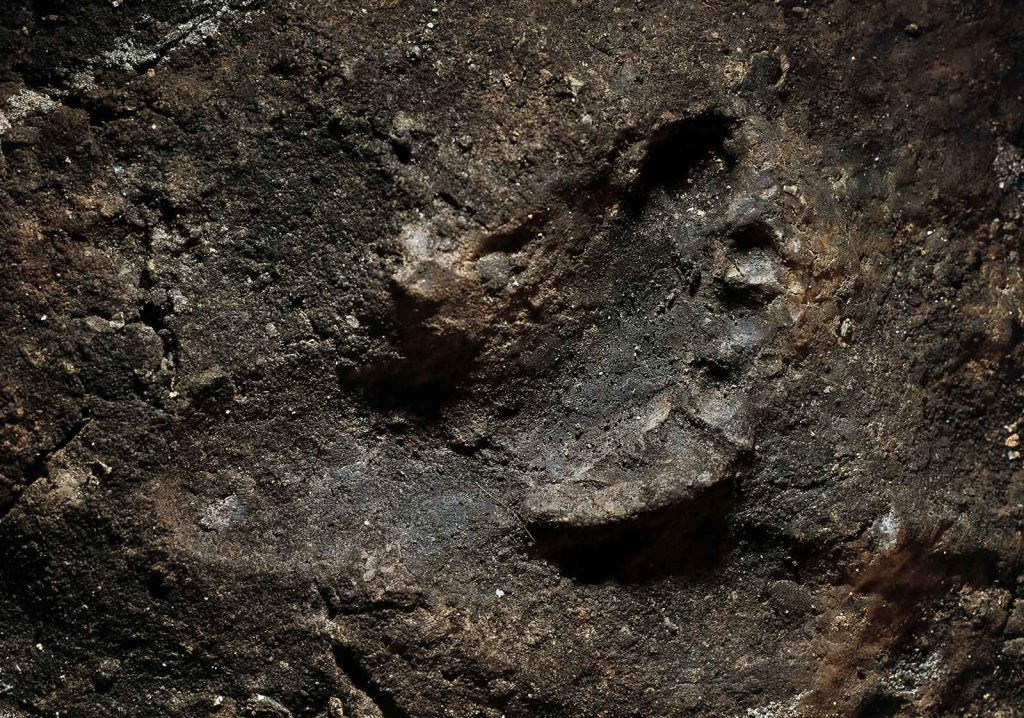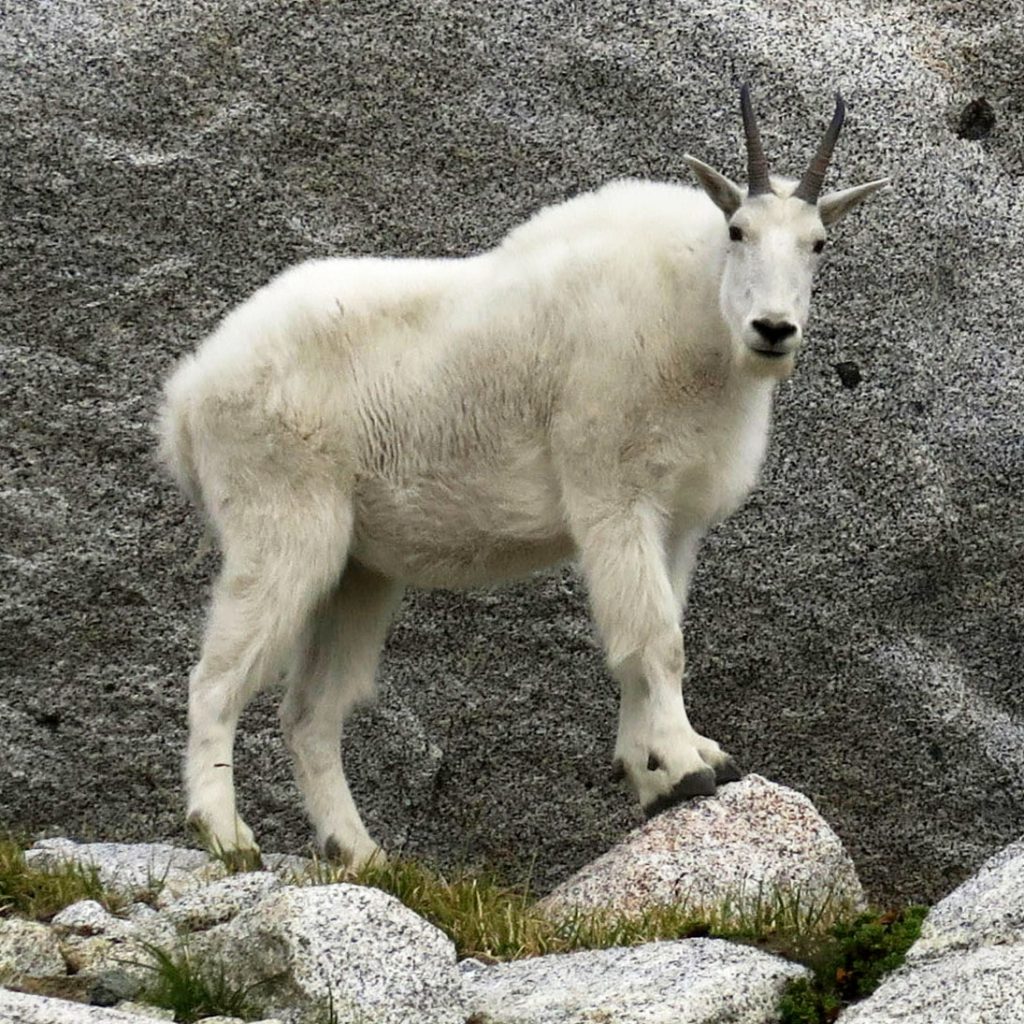Neanderthal Legs and Feet—Suited to Sprinting
If you’re like me, you view long-distance running as a somewhat unrealistic aspiration and see those people who do it well as remarkable creatures.
The truth, though, is that Homo sapiens are well-designed for loping along for long distances across open landscapes—especially when compared to Neanderthals. They had legs and feet that, recent research suggests, were better suited to sprinting, squatting, and hilly hiking than to running.
Unlike the open African plains in which H. sapiens lived and hunted, the early landscapes in Europe were more densely forested. Hunting a forest-dwelling animal requires a very different hunting strategy than running down an animal on a savanna. Neanderthals were much more likely to have been ambush hunters, relying on sudden, explosive speed and power to overcome their prey.
One piece of bodily evidence for this is that Neanderthals had shorter legs than we do, particularly in the tibia and fibula, the two leg bones below the knee. Along with a more compact body and shorter stature than modern H. sapiens, this is generally thought to be an adaptation to the colder environments of Europe between 200,000 and 40,000 years ago; more compact bodies mean less surface area through which body heat can escape. But their shorter legs probably also made Neanderthals better suited to sprints.
A study of modern runners found that sprinters tend to have shorter lower legs and longer toes than non-athletes. The shorter lower legs allow them to generate more accelerating force, and the longer toes allow their feet to stay in contact with the ground for longer, creating a more powerful push. Neanderthals, it turns out, also had long toes.
Another indirect piece of evidence comes from the Achilles tendon, which runs from a point just below the ankle up to the back of the knee. This is the thickest tendon in the human body (and one of the most frequently injured). In runners, the tendon acts like a spring, storing energy as the foot meets the ground, then springing back to help raise it again. Neanderthal heel bones are consistently longer than H. sapiens’ heels, meaning that the Neanderthal Achilles tendon would have been longer and less efficient at storing energy for long-distance running.
Even genetics support the idea that Neanderthals were better sprinters than runners. The Neanderthal genome contains a high proportion of variants of genes that, today, have been linked to high-level athletic performance in power sports. In other words, Neanderthals were genetically programmed for bulkier, more powerful muscles that made them suited for short bursts of activity, while modern human muscles were designed for endurance.
The Neanderthal physique also seems to be well-suited to striding up and down the hilly European landscape. A shorter lower leg makes for more efficient uphill walking, as determined by a research team from Johns Hopkins School of Medicine’s Center for Functional Anatomy and Evolution. These researchers used mathematical modeling to test different leg proportions in varied environments and found that when the lower half of the leg is shorter, an individual can take larger steps going uphill without bending the hip or knee as much to clear the sloping ground.
The research team also tested the leg proportions of other animals such as goats and antelope that typically live in mountainous areas, and found that these species, too, typically have shorter lower limbs.
(The Neanderthal ankle and knee joints are also interesting because they seem to indicate that Neanderthals may have often squatted as a resting position, rather than sitting down. It’s not clear how, or if, that might have influenced their hunting or their locomotion, but it enhances our reconstruction of Neanderthal life to picture them in repose, as well as on the move.)
So, it seems that Neanderthals were well-suited to walking and hunting in their hilly, forested environments; yet the flatlands-adapted H. sapiens were able to enter Europe and replace Neanderthals in the space of a few thousand years. Granted, there are a huge number of possible reasons for that, and the actual process of Neanderthal replacement by H. sapiens probably happened in different ways in different places. But it seems that physiology and running ability may have played a part.
Paleoclimatological evidence shows that around 24,000 years ago, a cold climate phase caused ice to encroach into Europe from the north, turning previously forested areas into open tundra. Neanderthals were gradually pushed into refugia of small, temperate woodland regions in southwestern Europe, while long-legged humans were better suited to the new open tundra environment. Neanderthals were unable to stay a step ahead.
This column is part of an ongoing series about the Neanderthal body: a head-to-toe tour. See our overview page.




























